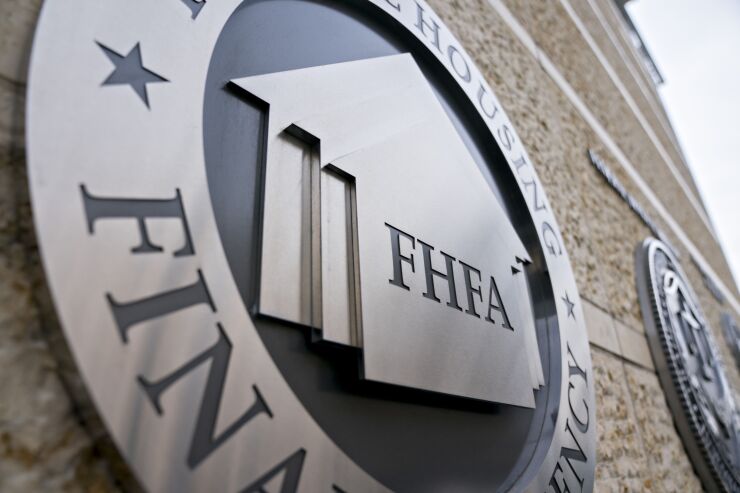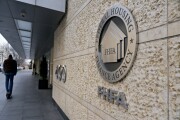It is still the first inning of the Federal Housing Finance Agency's

In preparation for the roundtable, I set out to answer the foundational question: "What does it cost the taxpayers to subsidize this over $1 trillion enterprise?" The answer is $6.3 billion a year.
It is hard to make sense of this number when it stands alone. However, its significance comes into sharp focus when it is juxtaposed with affordable housing and community development, the only perceptible public benefit produced by the Home Loan banks.
By my estimate, only about 5% of the $6.3 billion spent on the banks each year is directed to housing and community development. The remainder amounts to benefits for member institutions.
The Home Loan Bank System's mission is to support housing and to meet communities' economic development needs. To the extent that only 5% of the system's activities have any plausible bearing on that mission, the Home Loan banks are clearly failing. This means that their mission either must be changed, or the amount of funds devoted to housing must be materially increased.
At the roundtable, I quantified for the first time the banks' subsidy. This sparked an immediate reaction from the head of the trade association representing the eleven Federal Home Loan banks. Without offering any assessment of his own he demanded to know how I produced the number. Since the circumstances did not allow for a full exposition of the government subsidy of the banks, I do so here.
In 2003, well before the financial crisis of 2008, the noted Federal Reserve Board economist Wayne Passmore
Fast forward to 2008 and the implied government guarantee of GSE debt became an "actual" payout when the FHFA rescued the two GSEs using $180 billion in taxpayers' dollars. In the years since, this redefinition of what implied support truly means has been reflected in the narrow spread between Home Loan bank debt and U.S. Treasuries providing empirical evidence that, at a minimum, a 10-basis-point boost over the pre-financial-crisis 40-basis-point calculation is today's yardstick for measuring the government's subsidy.
Applying the 50-basis-point government sponsored discount to the Home Loan banks over $1.1 trillion debt outstanding produces at least a $5 billion annual government subsidy of Home Loan banks' debt.
I ran my methodology by the Congressional Budget Office. The CBO replied that it was aware of no other such measurements but that perhaps I underrepresented the subsidy because I did not include the value of the Home Loan banks' exemption from taxation. The
The combination of the taxpayer-subsidized borrowing costs and their exemption from federal, state and local taxes produces an annual subsidy of the Home Loan banks by the taxpayers of $6.3 billion.
The point here is not that my calculation of the subsidy is the final word. But it is a start. And it places the burden squarely on interested parties, especially the banks, to come forward with their own estimate of the subsidy they are receiving from the federal government.
Now, the Federal home Loan banks' affordable housing assessment is much easier to measure. Going to the
That payout ratio is akin to the taxpayer going to the teller of her local bank, asking to change a 20 and being handed a $1 bill in return. It is little wonder that the current mission and the purpose of this GSE are under review.
In this regard, the reelection of Sen. Catherine Cortez Masto, D-Nev., must have been a profound disappointment for the Federal Home Loan banks. Cortez Masto is part of a growing minority of senators interested in this issue.
Besides encouraging the centennial review, she has introduced
Yet even this doubling of the affordable housing contribution would only improve the banks' payout ratio from 20:1 to 20:2. Hardly a game changer!
In the spirit in which this 90-year-old public-private partnership was created, wouldn't a 2:1 payout ratio be more equitable?
The FHFA has scheduled several more roundtables including one in Greenville, Mississippi, next week. To find out more and to register for the streaming of these events go
Whether you are a taxpayer, a saver, a homeowner, or a renter, you have a stake in how the FHFA's review of the Federal Home Loan banks turns out. A $1 trillion government enterprise run by bankers for bankers demands reform.






